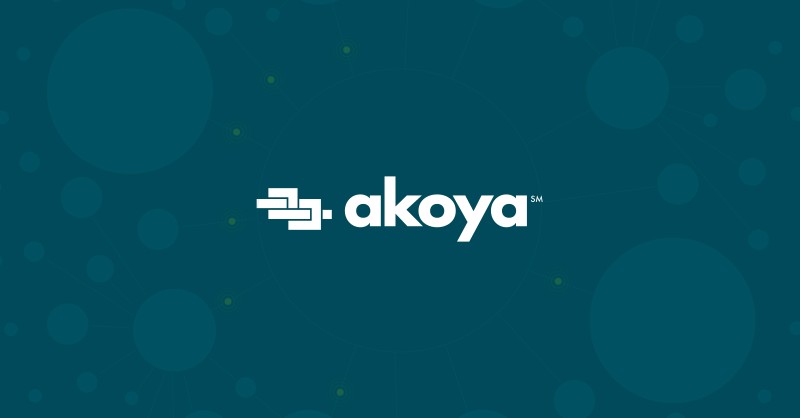Open banking has the potential to revolutionize the way real-time payments are made by allowing them to be directly accessible to consumers through banks’ APIs. However, the U.S. is lagging behind other countries in open banking adoption due to differing opinions on how the open banking economy should be structured.
Anil Mahalaha, CEO of Akoya, believes that open banking could be a massive enabler for real-time payments solutions around the world. Instead of requiring real-time payments providers to create custom software stacks to interact with each of their customers’ financial institutions, open banking makes these APIs freely available and enables faster payments implementations.
According to Mahalaha, when the end user logs into their account, the account is instantly validated, the customer is authenticated, and funding or balance information can be obtained through open banking channels for real-time payments. The merchant or the app that the end user is using can then instantly create payment instructions and send them to the payment processor.
However, open banking proliferation is not equal across the globe. The U.S. in particular lags behind the European Union and many other countries, due in large part to the government’s different opinions on how the open banking economy should be structured. Mahalaha believes that making open banking more widespread in the U.S. and unlocking further access to real-time payments is something that is of interest to both the industry and policymakers.
Accelerating open banking adoption could drive further economic growth as users and consumers leverage real-time payments for more purposes. However, work needs to be done to make open banking even more of a priority with FinTechs and other industry participants. Mahalaha believes that getting rid of screen scraping and replacing it with APIs is going to take some time with the Consumer Financial Protection Bureau (CFPB), but it is a necessary step towards unlocking the full potential of open banking in the U.S.






